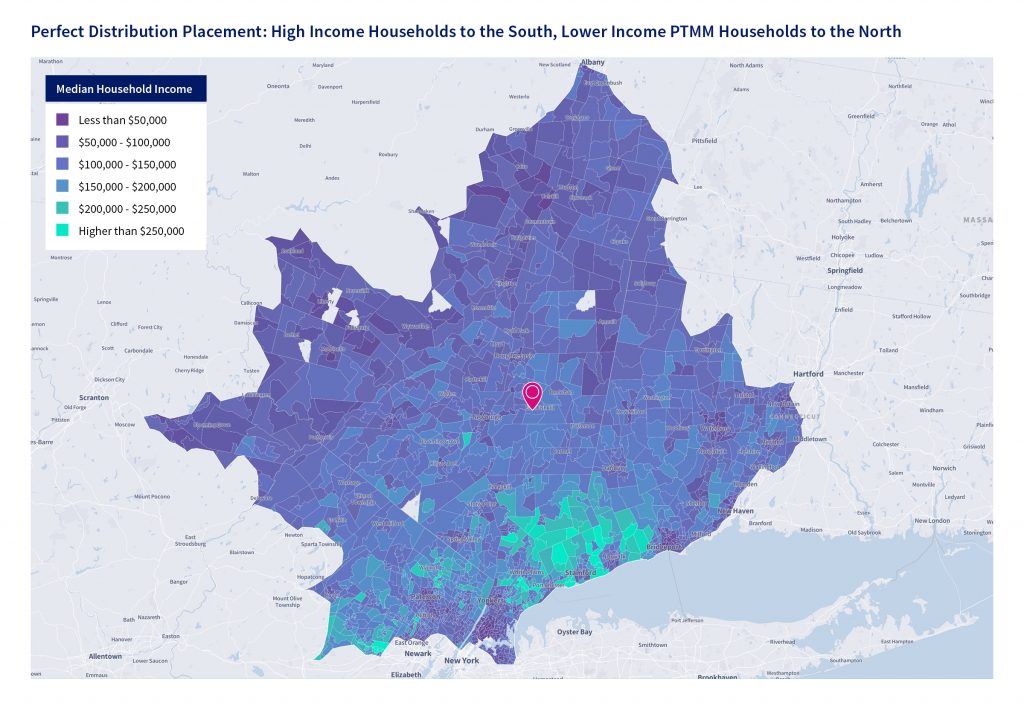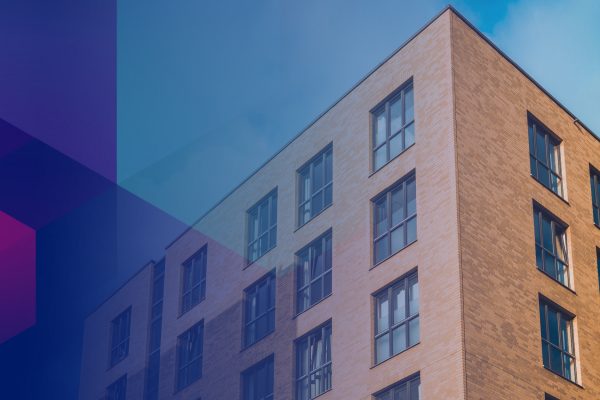Once For Chipping, Now for Shipping
GeoPhy Industrial Neighborhoods show why Amazon bought an old IBM semiconductor location

Living in the outer suburbs of New York, I’m not accustomed to prominent commercial real estate deals transacting near my house. But I was surprised recently when Amazon acquired a former IBM facility in East Fishkill, NY for a new distribution center.
IBM was once the primary employer of the mid-Hudson Valley. From its conference center on the Palisades to its mainframe manufacturing facility in Poughkeepsie, IBM once littered the Valley with its sites. Its semiconductor manufacturing plant in East Fishkill produced the 1990s’ PowerPC that formerly drove Apple Power Macintoshes and game consoles such as Sony’s PlayStation 3.
Time marched on, and so did IBM. It paid GlobalFoundries $1.5 billion to take over the chip facility in 2014. But the new owner didn’t need all that space, selling half the property to Amazon.
Why would Amazon be interested in this facility? Why build a new 631,000 square-foot warehouse in this location? We used GeoPhy’s Industrial Neighborhoods in search of an answer.
GeoPhy’s Industrial Neighborhoods rate and rank our proprietary neighborhoods against more than 90 criteria we call Industrial Value Drivers. The Value Drivers determine locations’ viability by their access to airports, workforce, and other benchmarks. We then create overall scores for each neighborhood, which we rate from 1 to 100, where 100 is the best. Our customers plug this data into their analyses for sourcing industrial locations to use in distribution and manufacturing sites.
Easy Access to Demand
At first sight, the neighborhood in East Fishkill doesn’t look terribly promising for an industrial location. It contains just two existing industrial properties and has a below-average overall industrial score of 40 for the Poughkeepsie-Newburgh–Middletown metropolitan area.
But East Fishkill sits at the southern edge of its metropolitan area, immediately north of the much larger New York metropolitan area. The neighborhood’s Last Mile Score for distribution jumps to 59 when you consider nearby affluent Westchester County, suburban Connecticut, and Northern New Jersey.
The number of households within a 60-minute drive that have an income over $100,000 is 598,299 (see the map below that uses our Reach tool to show neighborhoods covered in a 60-minute drive from the location). Total income for households within that 60-minute drive is $179 billion. For distribution to wealthy clientele, this neighborhood looks pretty well situated.
Highway to Employees
East Fishkill’s proximity is fueled by highway access. With an on-ramp to the east-west I-84, the East Fishkill location quickly connects to north-south routes like I-684 and I-87 that link it to Westchester and Northern New Jersey. When looked at by Trucking Kilotons per Year, it has a high rank of 78 of the 218 Poughkeepsie-Newburgh-Middletown, NY industrial neighborhoods.

Getting goods to wealthy households requires having enough employees to staff a distribution facility’s Production, Transportation, and Material Moving (PTMM) jobs. East Fishkill checks those boxes as well.
The total population within a reasonable 30-minute commuting distance for PTMM households is just under 21,000. That places the neighborhood’s score in the 41st percentile. However, the average income for those households is $36,765 – ranking it in the 89th percentile. Higher here means more attractive, so a lower payroll. Amazon can pay well to attract workers away from other jobs.
The working class population can also be tracked by the population with less than a bachelor’s degree within a 30-minute drive. East Fishkill’s score comes in at the middle of that pack with a 50 percentile.
I’ve watched my town transition over the past 20 years from a mix of professionals and blue collar workers to higher income residents. We are repeating the same scenario that played out south of us 30 years ago. Children of working class employees living in Westchester moved further north to avoid rising home prices, just as their parents and grandparents had moved out of the expense of New York City. If Amazon introduces new PTMM jobs that help drive wages up and allow this generation to afford the towns they grew up in, that’ll be good news for my remaining PTMM neighbors.


